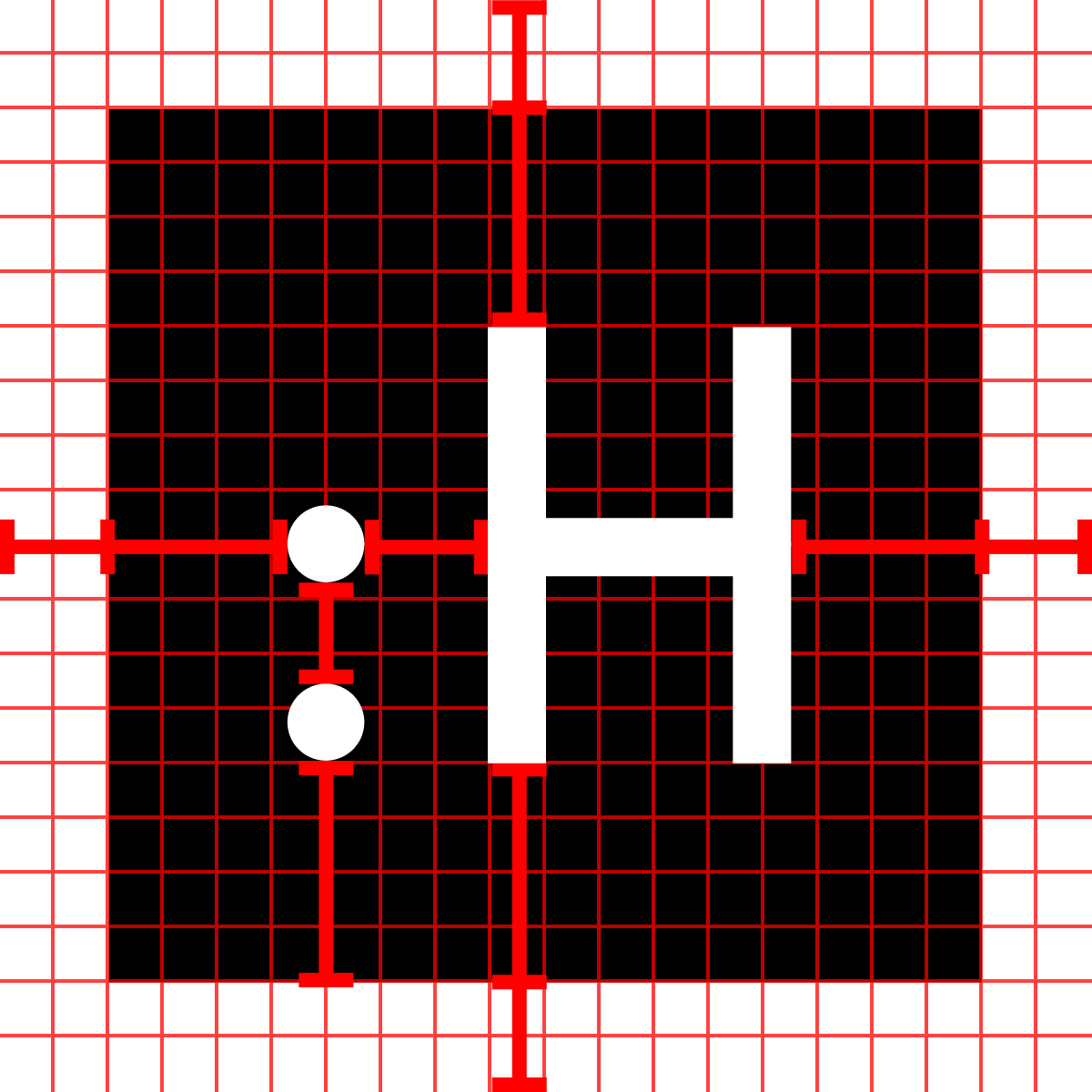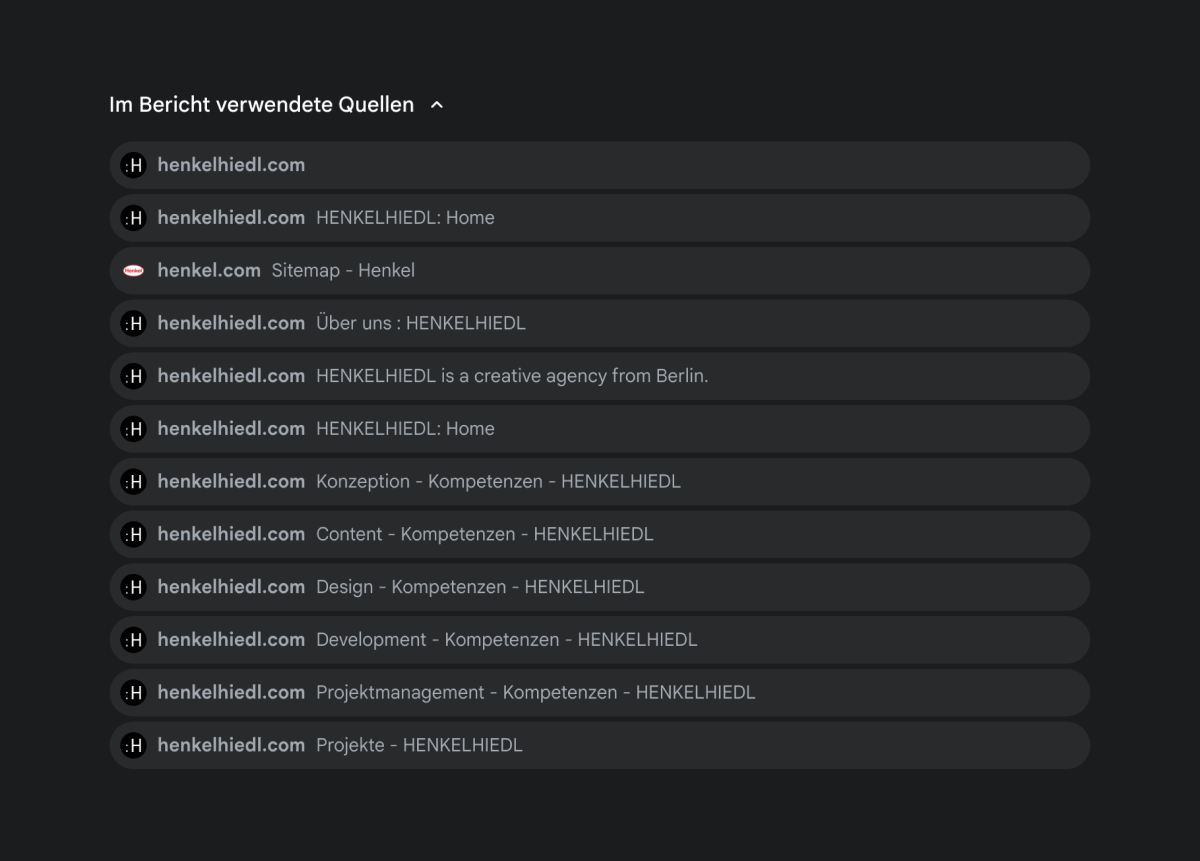Favicons - the unsung heroines of digital branding
Far more than a technical necessity. Favicons are strategic assets. Silent ambassadors that promote a brand or institution (only seemingly) unnoticed and subtly. Important, especially today, in the age of AI tools!
Favicons. Those tiny icons that live in browser tabs, lurk in bookmark bars or flash up in search results. For a long time, they were dismissed as a detail, a nice but not essential ornament of a website. But in a rapidly changing digital world where artificial intelligence (AI) and answer engine optimization (AEO) are redefining the rules of the game, the favicon is emerging as an unsung hero of digital branding. It's time to give this little symbol the attention it deserves.
Present everywhere: where the favicon increases visibility
The ubiquity of the favicon is impressive. It appears at numerous digital touchpoints, significantly increasing brand recognition and the user experience:
- Browser tabs: The favicon helps users to quickly navigate between countless open tabs and identify your website at a glance.
- Bookmarks and history: Here it serves as a visual reference that makes it easier to find and revisit your website. Some users even remove bookmark names and rely solely on the favicon.
- Address bar and search bar autocomplete: Here too, the favicon ensures immediate identification without having to read text.
The presence in the search results (SERPs) is particularly important. Google and other search engines display favicons directly next to the URL of the website. An eye-catching or easily recognizable favicon can significantly increase the visibility of these and increase the likelihood that users will click on an entry.
Favicons are also used in ads, which further strengthens the brand presence in paid ads. Incidentally, they are currently available in a rounded version, which makes the design requirements for their creation even more complex.
This representation is far less clear in search results from AI tools, making the favicon all the more important.
And let's not forget iOS and Android, i.e. the mobile ecosystems: On smartphones and tablets, users can pin websites to their home screen as shortcut icons. These web clips look and function similarly to native app icons. An optimized favicon is essential here to give a coherent and professional app-like feel. With the advent of progressive web apps (PWAs), this role has become even more important.
So every encounter with a favicon, however brief, is a micro-impression. The constant, subtle visual cues cumulatively reinforce brand recognition, recall and familiarity.
That may sound excessive at first. However, with around 10-20 constantly open (and sometimes fixed) tabs in my browser, I am guaranteed to come into contact with the favicon of YouTube, Gmail, Moco, Figma and co. more than with all the McDonald's logos in the wild of real life put together.

More than just an icon: Favicons as trust anchors and brand ambassadors
The digital landscape is flooded with information. In this sea of content, brands struggle for attention and trust. This is where the favicon comes into play. It is the "visual face" of a brand in the smallest of spaces. A professionally designed favicon immediately conveys legitimacy and credibility. If it is missing or poorly implemented, a website can quickly appear unprofessional, which undermines the trust of potential customers.
But the significance goes far beyond human perception. AI models that answer our search queries and synthesize content today are far more sophisticated than previous algorithms. They not only "read" text, but also analyze visual elements and user signals. A consistent, high-quality favicon contributes to the overall "trust score" and "brand signal" of a website. It also slightly influences how AI models evaluate the credibility and authority of a source.
In the AEO era, where AI models like Perplexity or ChatGPT curate and cite content, the focus shifts from pure link authority to brand mentions in trusted contexts. A website with a strong favicon exudes a higher visual authority, which is processed by the AI. It is a subtle but effective contribution to the perception of a brand as a reliable source of information.
The invisible technology behind the effect
For a favicon to be fully effective, there are a few technical aspects to consider. Given its small size (often starting at 16 × 16 pixels), the design must be simple, clear and immediately legible. A minimalist approach, often a pared-down version of the logo or a concise icon, is best here. The color scheme is crucial to attract attention and stand out on different backgrounds. (Lots of white space and an ultra-narrow logo in a favicon? Not so good, hello RTL. Look for it).
For optimal display on all devices and screens, it is advisable to provide different favicon sizes - from the classic 16 × 16 pixels to larger formats such as 48 × 48 pixels for Google search results or 180 × 180 pixels for Apple Touch icons. While the .ico format is still widely used, .png files are a better choice at this point due to their transparency and lossless compression. However, the future-proof format is SVG (Scalable Vector Graphics), as it can be scaled to any size without any loss of quality, even if older browser versions - as is so often the case - still cause problems here. A question of time.
Die Implementierung erfolgt typischerweise über einen <link>-Tag im <head>-Bereich der HTML-Dokumente. Wichtig ist auch, dass die Favicon-Datei und die Startseite crawlbar sind, damit Ihr Favicon überhaupt in den Suchergebnissen erscheinen kann. Basics.

The small symbol with a big impact
The development of the favicon is a reflection of digital evolution. From a simple bookmark helper, it has developed into an indispensable element of modern web branding and user experience. Its importance has increased dramatically in the age of AI and AEO. Favicons are no longer just visual cues for humans, but also subtle but powerful trust signals that contribute to how humans and AI models perceive and prioritize content. They are the only thing left of a brand's website in AI search results when in doubt. Reduced to 16 × 16px. This is the stage that remains.
So today, favicons are far more than just a detail; they are a strategic necessity for any business looking to stand out and build credibility. For a strong, consistent brand presence in an increasingly automated and sometimes minimally visual digital ecosystem such as AI bot response engines.
PS: Where does the name actually come from and how do you pronounce Favicon?
The name favicon was first used by Microsoft around 1999, after Internet Explorer 5.0 - as mentioned - offered the option of displaying small icons in bookmarks (the favorites list). The name "Favicon" is therefore derived from favorites and icons.
Only one question remains: How do you pronounce Favicon? Fawikonn, Fäiwikonn or Fäffeiken? At best, like us: "The unsung hero of digital branding, the opportunity rather than the necessity, the cute little mini brand ambassador logo that is more important today than ever."
.jpg)

